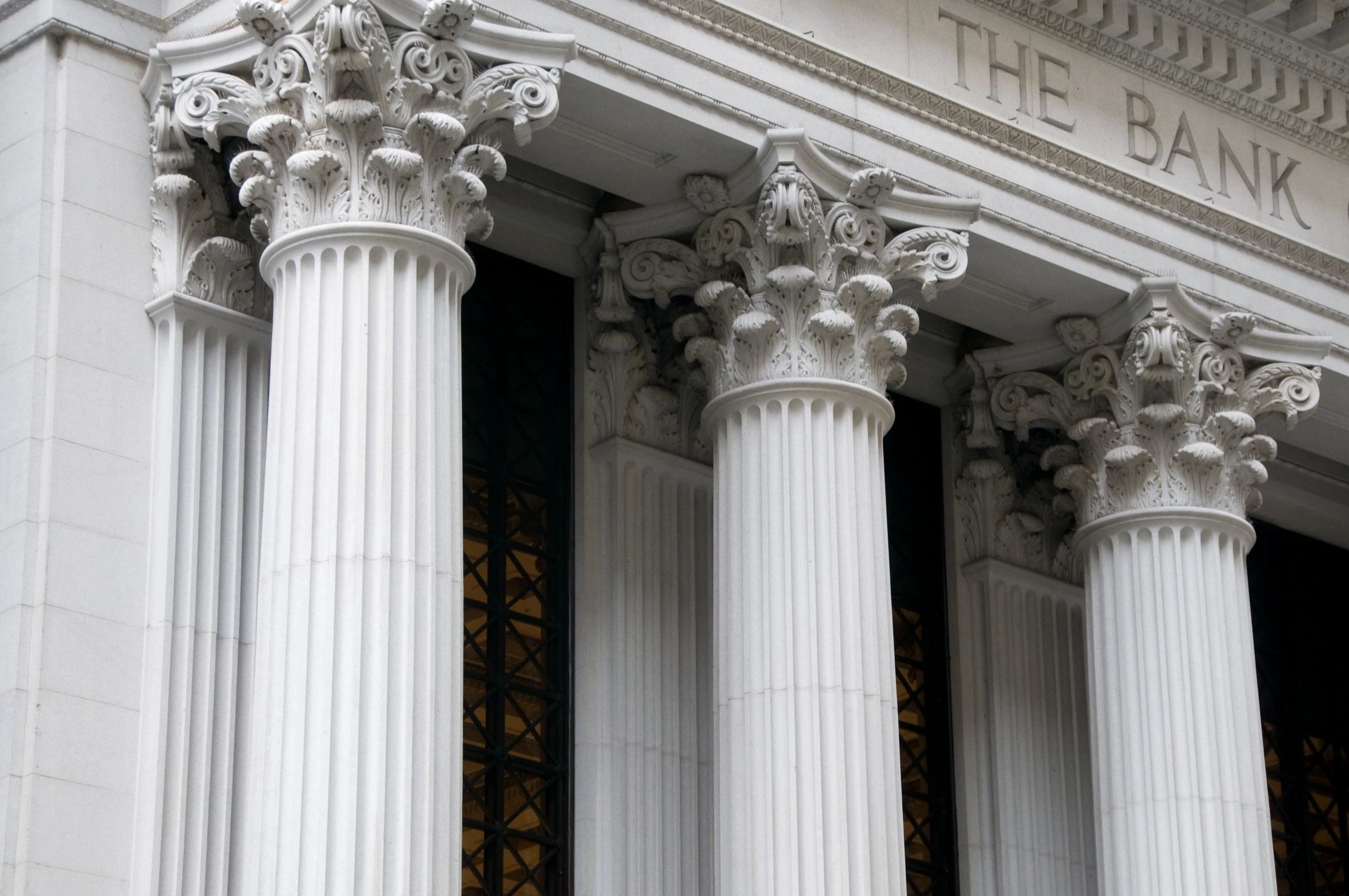The Bank of Canada’s policymakers reiterated their readiness to continue raising their benchmark interest rate, despite already implementing the highest rate hike in 22 years earlier this month.
On Wednesday, the central bank disclosed the discussions leading to its interest rate decision on July 12, when it raised the policy rate by 25 basis points to reach 5.0 per cent.
This increase in July followed a previous quarter-percentage-point hike in June. At that time, numerous economists predicted that a single rate hike would not be adequate to address the central bank’s worries about the potential stalling of inflation decline.
Following the July 12 decision, there was a lively debate among observers and economists regarding the necessity of the latest rate hike, especially considering that inflation had already fallen within the central bank’s target range of one to three per cent.
In July, the governing council of the central bank reached a unanimous agreement that maintaining the key policy rate at 4.75 per cent would pose a risk of halting the progress they had achieved in curbing price increases. Their efforts had already led to a notable decline in annual inflation, cooling down to 2.8 per cent from the peaks of 8.1 per cent witnessed the previous year.
Earlier this month, policymakers conveyed that the “underlying inflation pressures” have been demonstrating a greater level of persistence than initially anticipated. During the July rate decision, it was highlighted that over half of the items in Statistics Canada’s consumer price index basket were experiencing annual price increases of more than five per cent.
Policymakers also raised concerns about the diminishing downward momentum in headline inflation. Additionally, they observed that core inflation measures, which exclude more volatile elements like gas and food prices, were indicating a level of stability within the range of 3.5 to 4.0 per cent.
The governing council decided that, without the implementation of higher rates to apply pressure on the economy, inflation might experience further increases.
The governing council emphasized that failing to take decisive action to control inflation at this stage could potentially lead to the necessity of significantly higher rate increases in the future. Conversely, if the policy rate is raised too aggressively at present, there is a risk of causing unnecessary hardships for Canadians, making the situation more painful than required.
The policymakers at the central bank stated that Canada’s labor market remains tight, and household savings are still higher than pre-pandemic levels, leading to a persistent “excess demand” in the economy.
According to the Bank of Canada’s surveys of businesses and consumers, short-term inflation expectations are easing slightly but remain elevated. Additionally, businesses anticipate more frequent and significant price increases, a trend that the governing council highlighted as requiring normalization before concluding the inflation fight.
During preliminary discussions on the course of action for the key rate and communication strategy, policymakers chose to make future rate decisions on a meeting-by-meeting basis.
The Bank of Canada’s upcoming interest rate decision is scheduled for September 6th.



